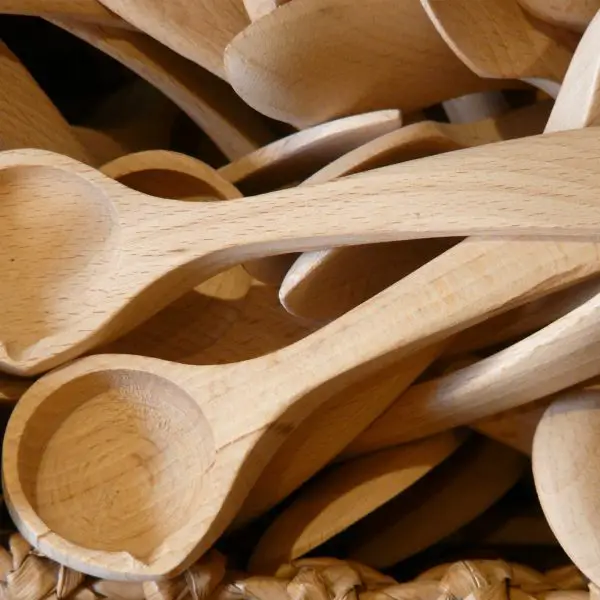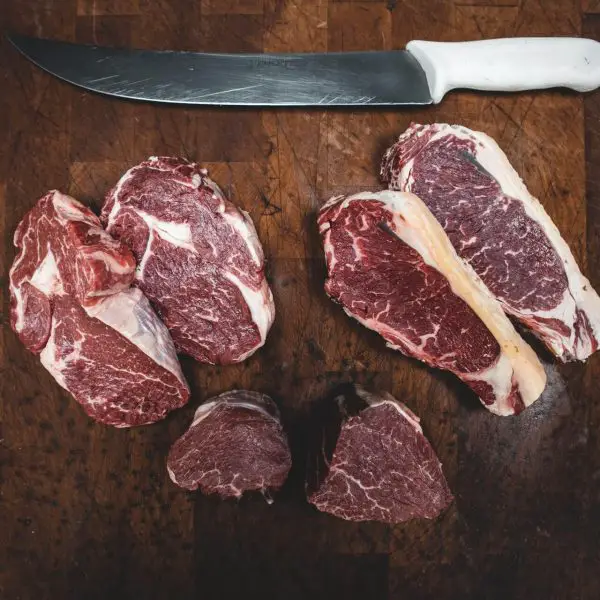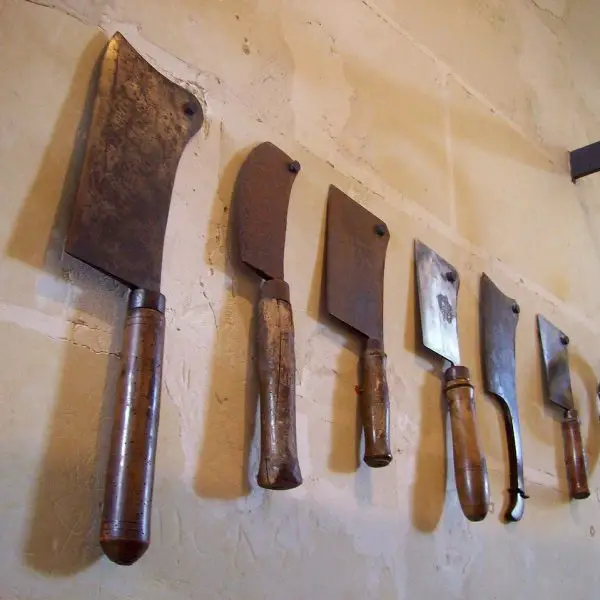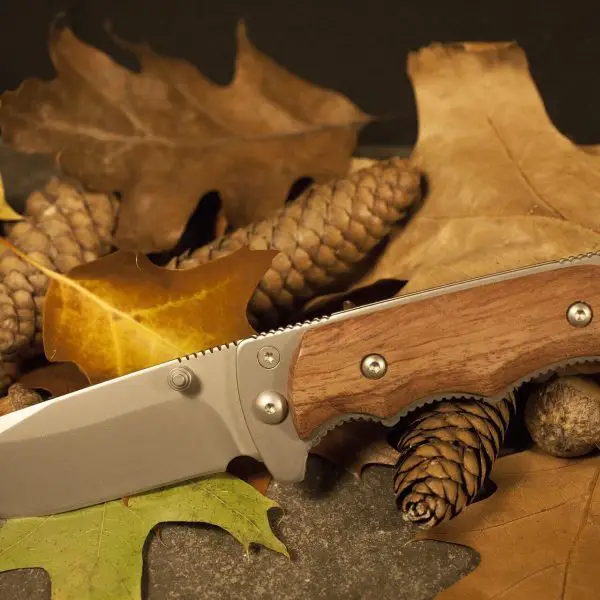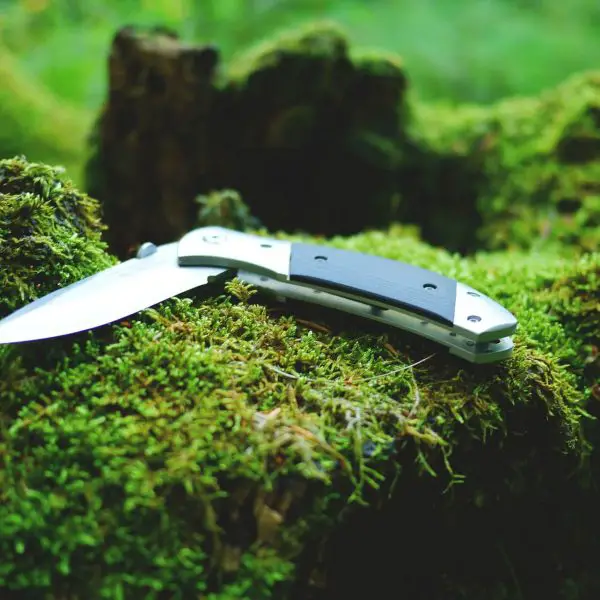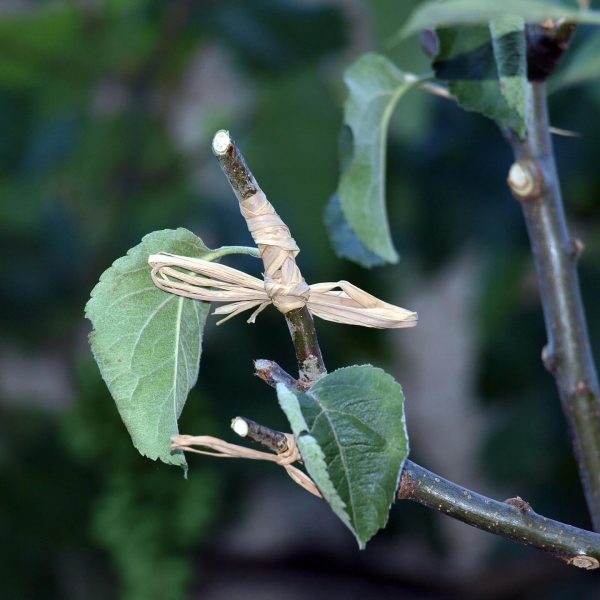Why are knives so expensive? That’s a good question.
The cost of a knife is much more than calculating the value of raw materials. There are a ton of factors that will ultimately dictate the final price of the product.
Read on to find the answer to why are knives so expensive and the actual cost of producing one.
What Makes A Knife Expensive?
So, let’s look at all the factors that make one knife 10 times more expensive than the other.
Materials
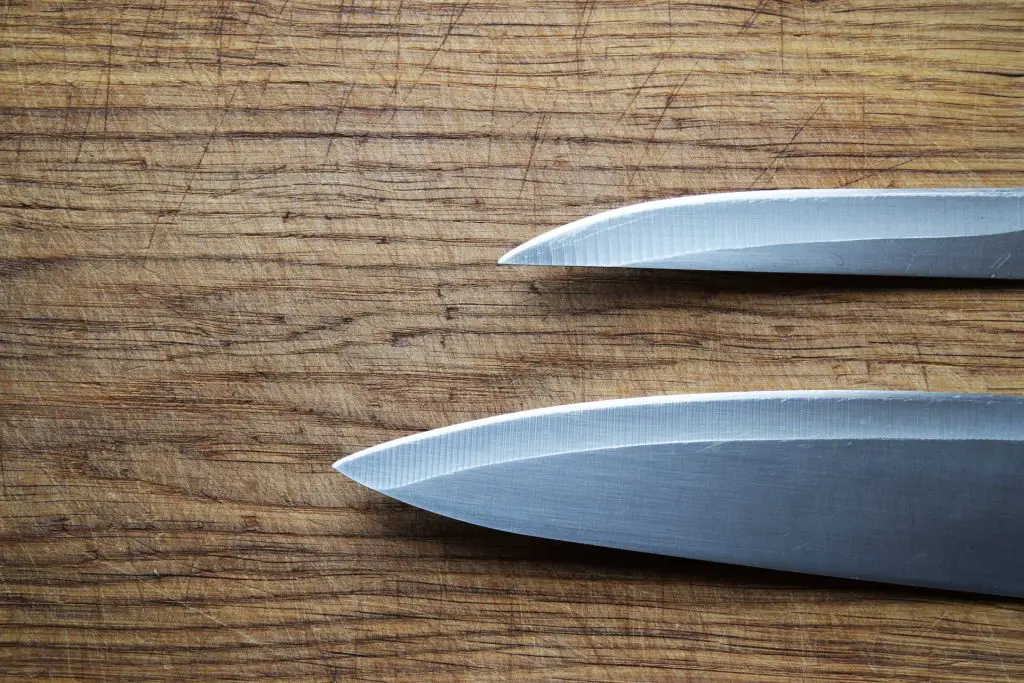
First and foremost, we should look at the actual quality and the cost of the materials that the manufacturer has to obtain.
The most important part of a knife is its blade. The blade will tell you how long will the knife be usable, how long will it hold its edge, and what kind of performance can you expect from it.
The material used for the production of the blade is only one of the things that will eventually make the price of the knife, but it’s definitely important.
The quality of the steel used for the blade is what makes the major difference in the price. Materials like Damascus steel or CPM S90V are so much more expensive than 1095 carbon steel or 420 steel. This will obviously affect the price of the final product.
There is, of course, the material of the handle that also comes into play. Nylon and plastic handles are the most common ones and much cheaper in cost.
Wooden and leather handles are much more expensive, especially if the wood itself is expensive. A genuine leather handle will increase the price dramatically as well.
Titanium handles are perhaps the most expensive ones, and we rarely see knives under $200 with this type of handle.
So, the first thing to consider when you think a knife is too expensive is the price of the raw materials used for its production. But that’s not all. Let’s look at some other factors that increase the price of the knife.
Country Of Origin
This is one of the most important factors that will bump the price substantially. The exactly same knife with the same features made from the same materials can cost 2 times more if manufactured in the US as opposed to Taiwan or China, where you can make the same knife for a lot less.
Why is that so? Well, the average salary in China is $13903, while in the US, this figure is more than twice the amount, 31133 USD per annum. This will increase the labor cost more than twice which will, in turn, correlate with the increase in the product price.
There are of course other factors like electricity which will vary a lot in different countries. The average electricity rate in the US is around 13 cents per kilowatt-hour, while in China, the same amount of electricity costs only around 8 cents.
All of these factors will affect the price and should be considered when evaluating the production cost of a knife.
Design
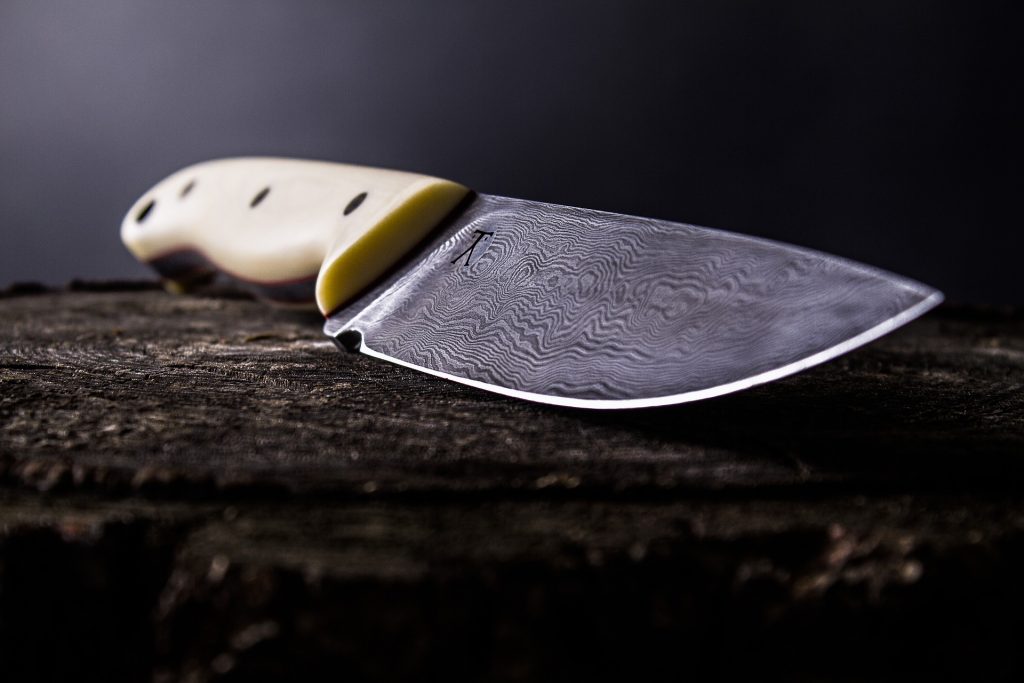
The design of a product is always hard to value because every individual will value it differently. Manufacturers spend a lot of money on designers, and generally, if the knife has a unique stylish look, the price will reflect that.
We can figure out the amount of money spent on designers, but we can’t put an actual figure for how stylish the product is. Someone might find the knife design gorgeous, while the next man won’t like it at all.
If the knife is designed towards a certain group of people that will generally appreciate that particular style, the price will always be higher for that kind of knife.
A hunting knife will have a particular design that is associated with wildlife, camouflage, wood, and similar outdoor motives that will generally be liked by outdoor enthusiasts.
If the design is preferred by the majority, then the price for it can be much higher than perhaps a plain kitchen knife that doesn’t stand out with its looks.
Craftmanship
Many times we see that similar-looking knives made from identical materials vary a lot in price. That usually happens because of the craftsmanship.
The blade of the knife can be made from high-grade CPM S30V steel, but the actual end-product, the blade, can vary in quality a lot.
That has a lot to do with how the steel is processed and who actually made the knife blades from this steel. A beginner craftsman will produce a blade of lower quality than the experienced traditional craftsman, even if they use the same material.
The fully handmade knives are always going to cost more. They require more manpower, more machinery, and generally more different processes to get to the end product.
For example, Scandinavian knives like the Helle knives are fully handmade and go through 45 different manual operations before the quality control.
That kind of production time is going to increase the cost significantly. The experience of the workmen needed for that amount of different operations is going to bump the cost as well.
Popularity & Demand

Again, this is another factor to consider when figuring out the price of a knife.
Antique knives, for example, can have extreme value if they are sought by a lot of knife collectors. If there are high demand and low supply, the price will always be exaggerated.
Santoku knives have become so popular that their price has risen to unbelievable heights. The actual value of the knife, when compared to western knives, isn’t higher, but the popularity and the tradition make the price what it is.
Japanese culture is getting more and more popular in western countries, and the price of genuine Japanese items is seeing an escalation in price because of that.
There is cheaper Taiwan cutlery that can match the Japanese in terms of performance and quality, but the price of those knives will be lower because the Taiwanese culture doesn’t have that large popularity in the West compared to Japanese.
This is another important factor that can drastically elevate the price in a short amount of time.
Conclusion
There are loads of factors that determine the final price of a knife. Tradition, country of origin, and craftsmanship are only some of those elements.
In the end, if the knife is valuable to you personally for its specific features or characteristics, you can’t put a price on it. Someone else may find that same knife to be useless for their preference or application.
Like with many other things, the value cannot be calculated only based on expenses. There is a lot more that makes the knife valuable than meets the eye.


